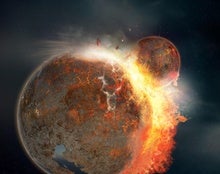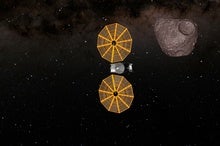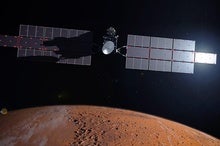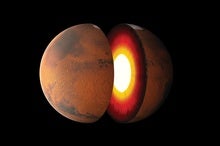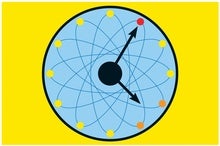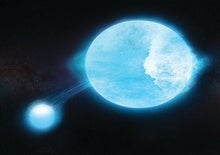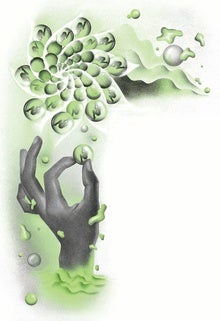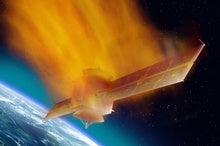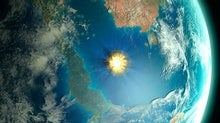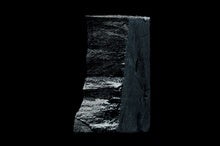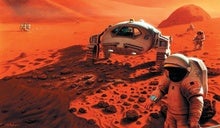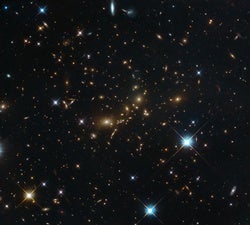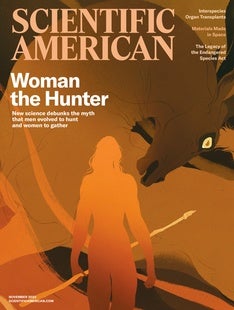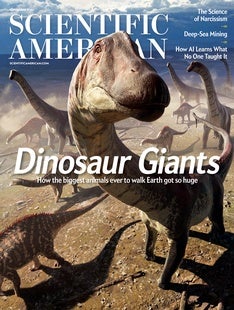 |
| November 02, 2023 |
Another week, another crisis in cosmology. I jest, of course: scientists certainly don't know everything about the universe, but their estimates for what exactly they don't know—the so-called "known unknowns"—are already quite good, and getting better all the time, sometimes with surprising results. Our top story presents just such an example: Cosmologists have calculated extraordinarily high-precision estimates for just how fast the universe's biggest structures such as galaxies and galaxy clusters should coalesce from primordial chaos, based on well-vetted models of the density and behavior of dark matter and dark energy. But a fresh appraisal tracking this large-scale clustering across cosmic time suggests it's unfolding slower than expected. This could be due to dark energy's strength somehow changing over time, or may even point to the influence of a brand-new, as-yet-unknown fundamental force. (Then again, the apparent suppression of cosmic structure could be due to all-too-human flaws in analysis or gaps in data collection.) Elsewhere this week, we have stories about a rendezvous with a "dinky" asteroid, shards of a protoplanet deep within Earth, a dusty demise for the dinosaurs, spooky speculation about lunar lycanthropy, and more. Enjoy! |
| |
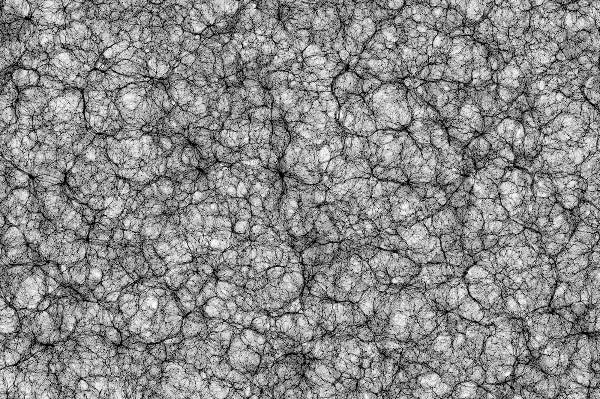 |
| |
| |
| |
| |
| |
| |
| |
| |
| |
| |
| Planetary Science Did Dusty Skies Doom the Dinosaurs? Fine particles kicked up by the Chicxulub asteroid impact could have blocked out the Sun for years, resulting in global cooling and disastrous consequences for ecosystems | | By Katharine Sanderson,Nature magazine | | | |
| |
| |
| |
| |
FROM THE ARCHIVE
 | | | |
LATEST ISSUES
 |
| |
| Questions? Comments?  | |
| Download the Scientific American App |
| |
| |




